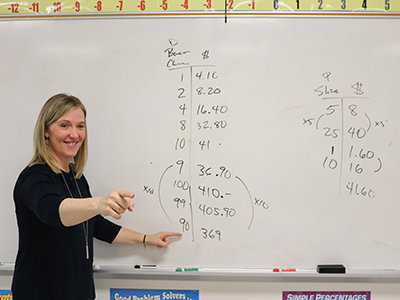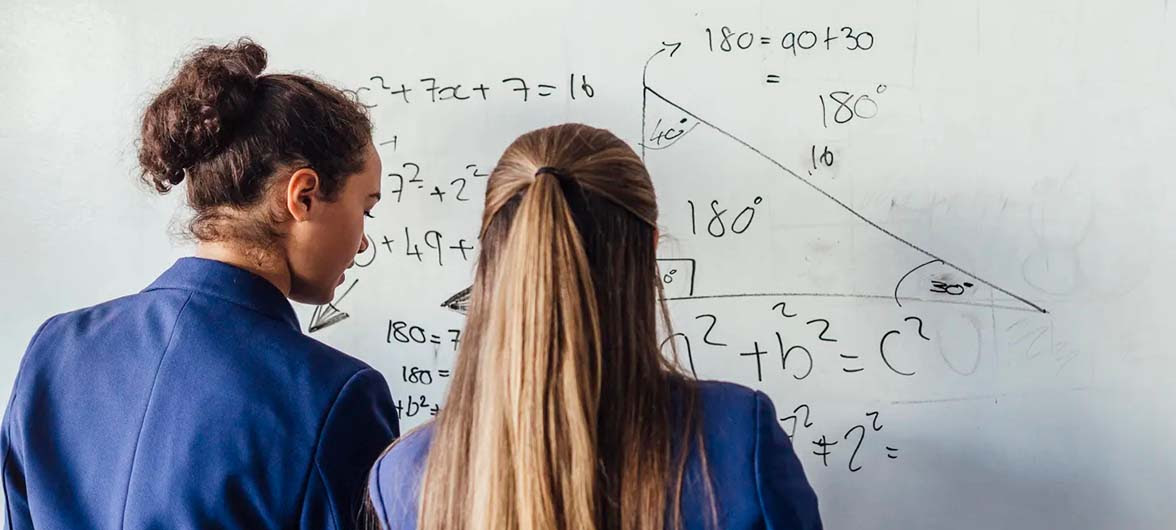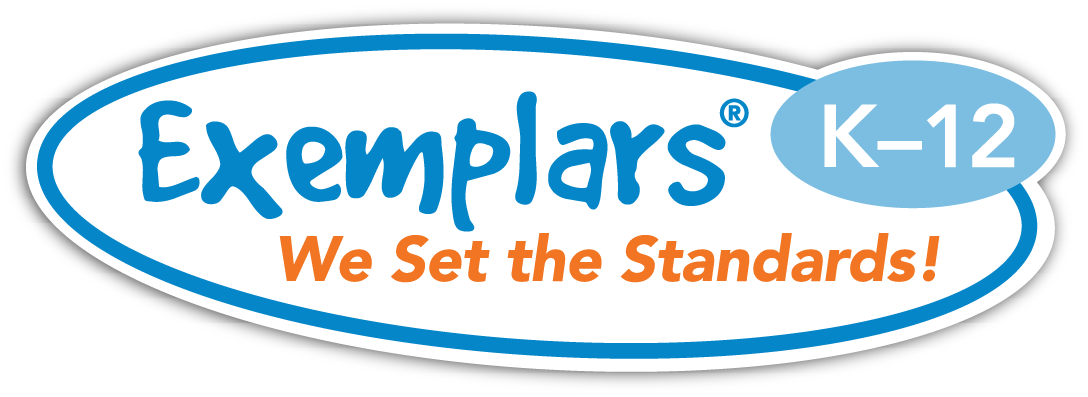
Technology is rapidly impacting all aspects of our lives. As educators, how does the arrival of Artificial Intelligence (AI) impact how we should be spending our time with our students? With the technology to solve any math problem quickly and accurately at our fingertips, should we spend large amounts of our time in the math classroom preparing students to compete with it to complete the same calculations?
Or is there another way we could go?

Using the math classroom to prepare our students to thrive in the 21st century requires educators to teach and assess far more than the ability to calculate accurately. Success in the 21st century requires students to apply their math toolkits as they think critically to unpack complex problems and design effective approaches and solutions, collaborate with teammates as they work on the problem, communicate ideas and approaches, and work creatively to solve these problems.

Featuring special guests Pam Harris and Kim Montague.
At the heart of our discussion lies a powerful concept: Math is Figure-out-able™.

Featuring special guest speaker John Hattie.
Educators are managing challenging workloads and are susceptible to high rates of burnout. Join us as we examine practices that have a positive impact in schools. Professor John Hattie helps us lean into extensive research around how to de-implement practices that just aren’t effective, and replace them with cost-effective, high-yield moves to transform your classroom, school, and district.
This edWebinar explores the following questions:

Featuring special guest Jay McTighe.
Performance tasks have been a part of education for over 30 years. In today’s classrooms, creating time for students to turn off technology and work collaboratively to transfer their mathematical knowledge to solve rich, real-world tasks may be more important than ever.

Humans are born to be curious, explore their environments, ask questions, investigate mysteries, and solve problems. So, why are so many students presenting as disengaged and reluctant learners?
Recent research offers incites for tangible shifts educators can make in the classroom to ignite students’ curiosity and enthusiasm for learning. Want to hear about it?

Featuring special guest Peter Liljedahl, Ph.D.
Teachers around the world have fallen in love with the tools and practices provided by Dr. Peter Liljedahl and his best-selling book, Building Thinking Classrooms in Mathematics. These practices help teachers engage students and build a vibrant thinking classroom.

How we teach is based on our philosophy of how the brain learns. Asking students to move beyond getting the right answers in our math classrooms can have a profound impact on their ability to become flexible thinkers and effective problem solvers. These expectations also lead to dramatic differences in learning outcomes for students, including measurable outcomes on their end-of-year assessments.

